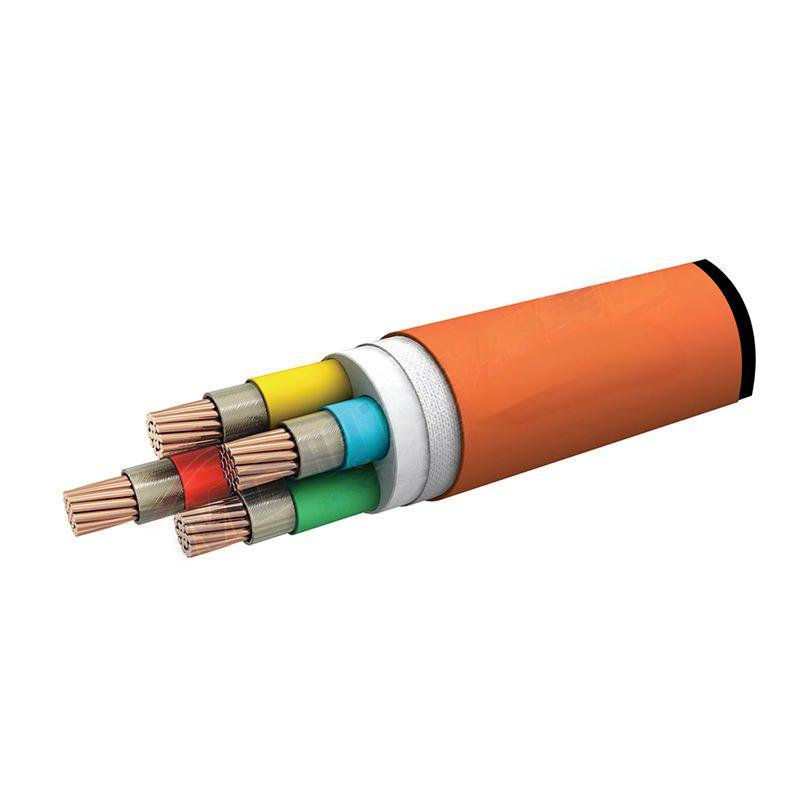Nov . 22, 2024 19:43 Back to list
double flanged gate valve
Understanding Double Flanged Gate Valves A Comprehensive Overview
Gate valves are essential components in various piping systems, primarily serving the purpose of starting or stopping the flow of fluids. Among the different types of gate valves available, the double flanged gate valve stands out due to its unique design and numerous applications. In this article, we will delve into the specifics of double flanged gate valves, exploring their construction, working principles, advantages, and common applications.
What is a Double Flanged Gate Valve?
A double flanged gate valve is a type of valve that features flanges at both ends of its body, which allows for easy installation within a pipeline. The valve operates on a linear motion; when the valve is opened, the gate is lifted from the path of the fluid, allowing it to pass freely. When the valve is closed, the gate is lowered to block the flow, creating a tight seal. This type of valve is preferred in applications where full flow is required without any obstruction.
Construction and Design
The construction of a double flanged gate valve involves several key components
1. Body Typically made from cast iron, ductile iron, or various alloys, the body houses the internal parts of the valve and withstands the pressure of the fluid.
2. Gate The gate is the element that moves up and down to control the flow. Its design may vary, but popular choices include solid wedge gates or flexible wedges.
3. Flanges The double flanged design means that there are two flanges, one at each end of the valve body. These flanges are engineered to match the flanges of the adjoining pipes, ensuring a secure and leak-free connection.
4. Bonnet The bonnet is the top part of the valve that protects the internal mechanism and provides access for maintenance.
5. Stem The stem connects the handle or actuator with the gate. It transmits the motion necessary to open or close the valve.
Working Principle
The operation of a double flanged gate valve is straightforward. When a handle or actuator turns the stem, the gate is lifted out of the flow path when the valve is opened, allowing fluid to flow through the valve. Conversely, when the valve is closed, the stem moves downward, pushing the gate into the valve seat, which creates a seal that prevents any leakage.
double flanged gate valve

Because the gate is either fully open or fully closed, the valve is not suitable for throttling purposes. Operating a gate valve at partially open positions can damage the gate and lead to operational issues.
Advantages of Double Flanged Gate Valves
1. Durability The robust construction of double flanged gate valves makes them suitable for high-pressure applications and harsh operating conditions.
2. Full Flow Capability With no obstructions in the flow path when the valve is open, these valves allow for maximum flow, making them ideal for large diameter pipelines.
3. Ease of Installation The double flanged design allows for easy alignment and connection to other pipe systems, reducing installation time and effort.
4. Versatility Double flanged gate valves can be used in numerous applications across various industries, including water treatment, oil and gas, and chemical processing.
5. Low Pressure Drop When fully open, these valves cause minimal pressure loss in the system, enhancing overall efficiency.
Common Applications
Double flanged gate valves are commonly used in various industries due to their reliability and functionality. Some typical applications include
- Water Distribution Systems Used to control flow in municipal water supplies. - Wastewater Treatment Plants Essential for regulating flow in treatment processes. - Oil and Gas Industry Employed in pipelines to manage the flow of crude oil and natural gas. - Chemical Processing Plants Utilized in the transport of corrosive or hazardous materials.
Conclusion
In summary, double flanged gate valves are vital components in fluid control applications, offering durability, ease of installation, and full flow capability. Their unique design and operational efficiency make them a preferred choice in many industrial scenarios. Whether in water treatment, oil and gas, or chemical processing, understanding the significance of these valves can help engineers and technicians make informed choices for their systems, ensuring optimal performance and reliability.
Share
-
Reliable Wafer Type Butterfly Valves for Every IndustryNewsJul.25,2025
-
Reliable Flow Control Begins with the Right Ball Check ValveNewsJul.25,2025
-
Precision Flow Control Starts with Quality ValvesNewsJul.25,2025
-
Industrial Flow Control ReliabilityNewsJul.25,2025
-
Engineered for Efficiency Gate Valves That Power Industrial PerformanceNewsJul.25,2025
-
Empowering Infrastructure Through Quality ManufacturingNewsJul.25,2025